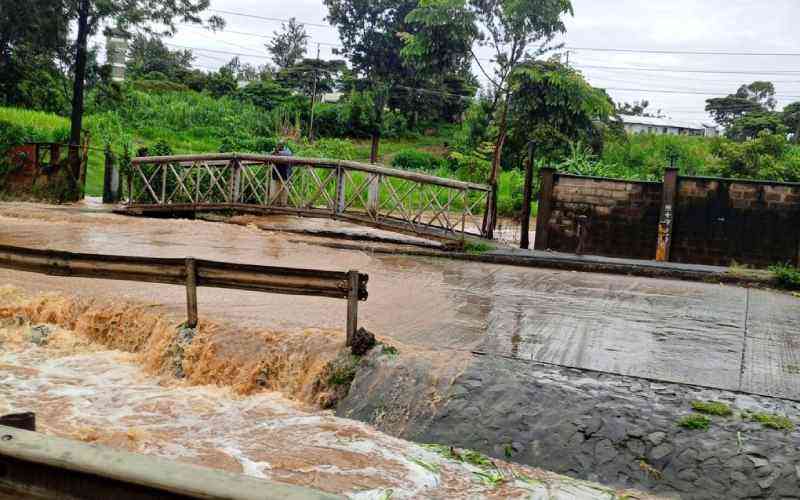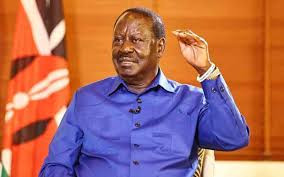In 2022, Uhuru Kenyatta will become Kenya’s third former president after Daniel Moi and Mwai Kibaki. Former presidents are relatively new, and the product of term limits that have since been introduced into the Constitution. The transitions between former presidents and their successors show vast contrasts. An examination of what happened in the transition between Moi and Kibaki, who ended up as his successor, may provide clues on what is possible between Kenyatta and his eventual successor.
Presidential term limits were first introduced in 1992 after Moi had already been in power for 14 years. The period that Moi had already served was discounted as the term limits were to apply only in future. As the year 2002 approached, Kenya grew increasingly nervous, unsure whether Moi would respect the term limit that the Constitution now imposed on him.
Moi kept the country guessing as to retirement plans only because there was no activity suggesting that he was grooming a successor. In the end, he selected Kenyatta as his successor in October 2002, only two months before the country’s General Election. While his late actions ensured that Moi retained control of the country, and his party, until so close to his retirement, it allowed little time for the party to adjust to his choice of successor. Unable to withstand the tumult that Moi’s choice had caused, the ruling party disintegrated, handing Kibaki, the eventual opposition leader, a chance at victory during the polls.
In the short period after anointing Kenyatta and before he retired, Moi’s political stock plummeted so hard that Musalia Mudavadi, whom he appointed Vice President to replace George Saitoti who had bolted into the opposition, is now hardly remembered as a former Vice President.
Possibly because of lessons from the Moi succession debacle, Kibaki was less controlling of his own succession, with actors in his inner circle appearing to direct the show on behalf of the country’s third president. They facilitated Mudavadi, their choice, to bask in the glory of state power through such spectacular acts as presiding over military parades and other functions that the president would otherwise have presided over. As part of this, Mudavadi made a grand homecoming in western Kenya, accompanied by a motorcade that seemed to stretch from Kisumu to Kakamega.
In the end, however, these actions were insufficient to secure Mudavadi the undivided support of the political establishment. There was still room for Kenyatta and William Ruto to mount an unlikely presidential bid of their own, which hijacked the support of the establishment.
If Moi’s fault, ten years earlier, had been leaving it too late before he announced Kenyatta as his preferred successor, Kibaki never categorically anointed a successor. It remains unclear whether Mudavadi was Kibaki’s choice as opposed to being the choice of people in the former president’s inner circle. While Moi had abruptly introduced Kenyatta as his successor, Kibaki’s people were more subtle in their grooming of Mudavadi. Their subtlety was ultimately also their undoing as the game they were playing required more time than they had given it.
Kenyatta would have learnt lessons when he failed as Moi’s chosen successor in 2002, and also lessons of a different kind when he succeeded by imposing himself on the political establishment ten years later. While he has not anointed a successor, his handshake with opposition leader, Raila Odinga, is increasingly viewed as a succession mechanism. The talk of a referendum has been interpreted as a chance to restructure the executive in a manner that would allow Kenyatta and Raila to manage the succession process to their liking.
When Moi went for broke in his attempt to impose Kenyatta on the country, he suddenly lost the aura that had kept him in power for 24 years. However, Moi’s loss of authority was so late into his presidency that it mattered for little. Because Kibaki never clearly showed his hand in the politics of his own succession, he never suffered a discernible loss of influence.
The handshake activities, including the alleged war against corruption, are seen as instruments that seek to shape the Kenyatta succession. As a result, rather than consolidate him in power, the handshake has led to the diminution of Kenyatta, who has been rendered lame duck so early in his second term. Because of his choices, Kenyatta has abrogated his second term, which will be characterised by political strife until the end.
During the remainder of that term, everything Kenyatta tries, including the war on graft will be resisted as people increasingly overlook him, as they seek to counter those they view as having a stake in post-Kenyatta future. One consequence of the diminution of Kenyatta is that a referendum is now politically too risky and increasingly unlikely. Another consequence is that anything is now possible.
- The writer is the Executive Director at KHRC. [email protected]
 The Standard Group Plc is a
multi-media organization with investments in media platforms spanning newspaper
print operations, television, radio broadcasting, digital and online services. The
Standard Group is recognized as a leading multi-media house in Kenya with a key
influence in matters of national and international interest.
The Standard Group Plc is a
multi-media organization with investments in media platforms spanning newspaper
print operations, television, radio broadcasting, digital and online services. The
Standard Group is recognized as a leading multi-media house in Kenya with a key
influence in matters of national and international interest.
 The Standard Group Plc is a
multi-media organization with investments in media platforms spanning newspaper
print operations, television, radio broadcasting, digital and online services. The
Standard Group is recognized as a leading multi-media house in Kenya with a key
influence in matters of national and international interest.
The Standard Group Plc is a
multi-media organization with investments in media platforms spanning newspaper
print operations, television, radio broadcasting, digital and online services. The
Standard Group is recognized as a leading multi-media house in Kenya with a key
influence in matters of national and international interest.








